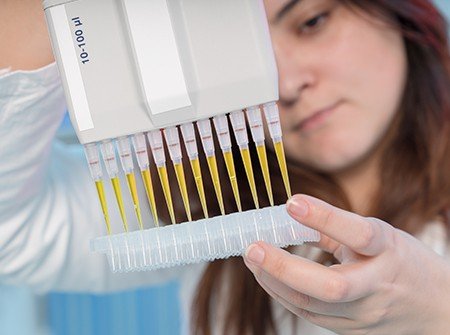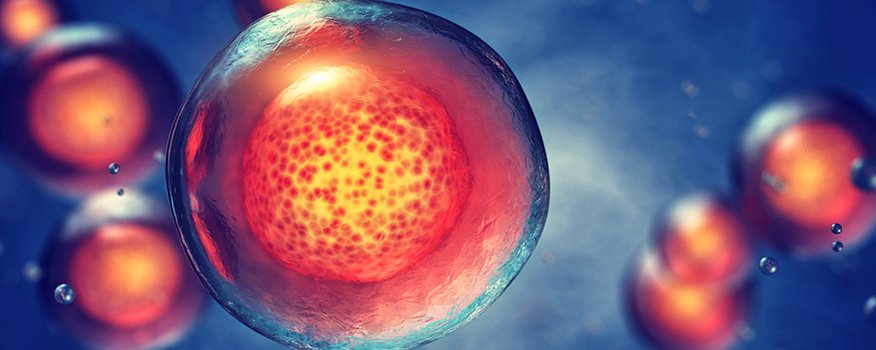Regenerative medicine uses revolutionary techniques for pain relief of musculoskeletal disorders and other conditions. An alternative to surgery, regenerative cell treatments contain high concentrations of growth factors and other agents to help repair injuries and treat painful disorders.
Our bodies inherently contain regenerative cells. Their job is to divide and create new cells that replace aging and damaged cells. Stem cells, or regenerative cells, are becoming a popular natural option in medicine due to their self-renewing abilities.
It’s common to see the terms regenerative cell therapy and stem cell therapy used interchangeably, but they are not the same.
Wharton’s Jelly-Derived Mesenchymal Cells
 Mesenchymal cells contain high concentrations of growth factors, cytokines, collagen, proteins and peptides. Our doctors prefer this regenerative treatment because of its highly restorative properties. When injected into damaged or diseased tissue, the young cells help switch on the body’s natural ability to repair itself.
Mesenchymal cells contain high concentrations of growth factors, cytokines, collagen, proteins and peptides. Our doctors prefer this regenerative treatment because of its highly restorative properties. When injected into damaged or diseased tissue, the young cells help switch on the body’s natural ability to repair itself.
These cells are derived from Wharton’s jelly, which is found in the umbilical cords of newborns. The cells are obtained through reputable tissue banks that work with consenting, healthy donors. Neither mother nor baby is harmed in the procedure.
Regenerative therapies using mesenchymal cells have shown effective results in treating conditions such as:
- Neck and back pain
- Shoulder pain or torn rotator cuff
- Knee and hip pain
- Sciatica
- Plantar fasciitis
- Joint pain
- Arthritis
- Osteoarthritis
- Neuropathy
Our doctors use mesenchymal cells because they are young and effective; they do not require painful extraction, and they pose minimal risk of infection and contamination with environmental toxins.
Adipose Tissue
Adipose tissue is a form of stem cell therapy in which fat cells are extracted from under the patient’s skin through liposuction. There are potential risks that come with this procedure. Because toxins are stored in fat tissue, there is a possibility that they could be transferred to other parts of the body. This is especially possible in areas that are already compromised through injury. Another drawback to adipose tissue stem cells is that they age along with the rest of the body and are fewer in number than umbilical cells.
Bone Marrow
Bone marrow is another source of stem cells. This treatment is invasive and can be painful. Collecting bone marrow involves drilling a small hole into the hip or pelvic bone. A large needle is then used to extract the marrow. This poses an infection risk and, like adipose-derived stem cells, marrow cells age with you.
Our patients are enjoying effective pain relief with mesenchymal cell treatments. This therapy offers little to no downtime, a less painful and less risky experience, and new hope with an all-natural alternative to surgery.

